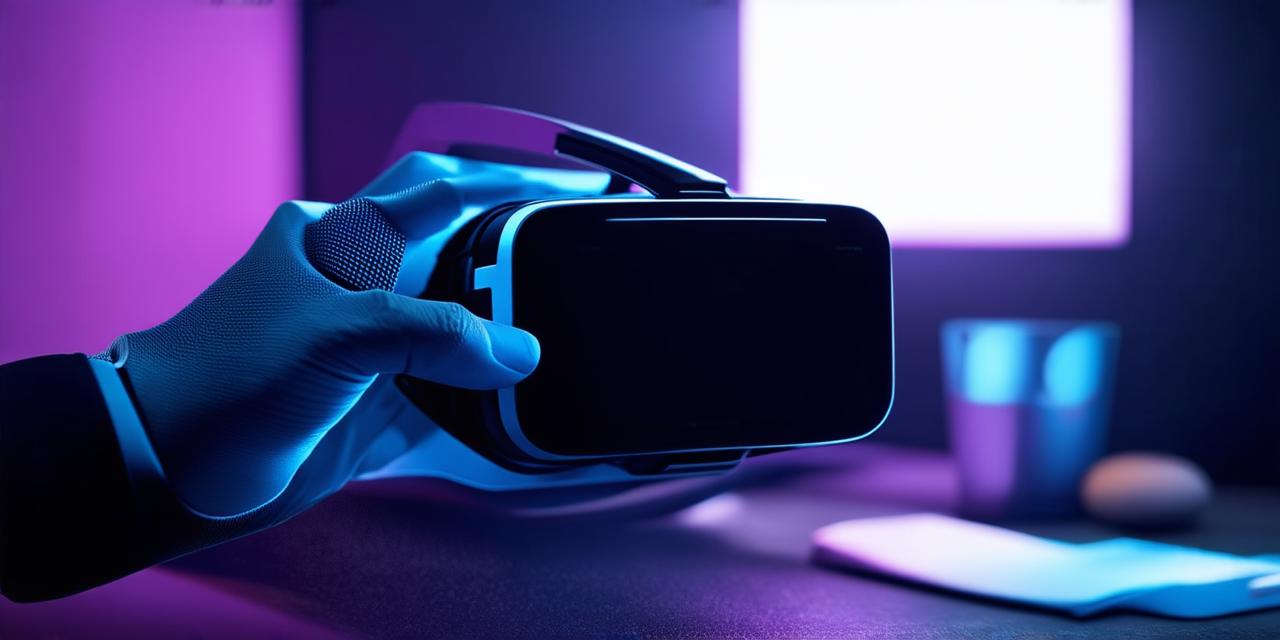If you’re looking to create immersive virtual reality experiences, Unreal Engine is an excellent choice. This powerful development platform provides everything you need to build stunning 3D environments, interactive characters, and dynamic physics-based simulations. However, if you’re new to VR development, the process can be daunting. In this article, we will provide expert tips and tricks to help you master Unreal Engine and create your first VR project.
1. Understanding the basics
Before diving into the world of Unreal Engine, it’s essential to understand the basics of virtual reality development. Some of the key concepts include:
- 3D modeling: This involves creating three-dimensional models of objects and environments using specialized software such as Maya or Blender.
- Texturing: Once you have a 3D model, you need to apply textures to give it a realistic look and feel. This can include everything from skin textures on characters to environmental textures like rocks and trees.
- Lighting: Lighting is crucial for creating an immersive VR experience. You’ll need to set up lighting sources, including ambient light and directional lights, to create the desired mood and atmosphere.
- Physics-based simulation: Unreal Engine includes powerful physics engines that allow you to simulate realistic physical interactions between objects in your environment.
1. Getting started with Unreal Engine
Now that you have a basic understanding of VR development, it’s time to get started with Unreal Engine. Here are some steps to help you get started:
- Download and install Unreal Engine: You can download the latest version of Unreal Engine from the Epic Games Launcher or from the official Unreal Engine website. Once installed, launch the program and create a new project.
- Choose your template: Unreal Engine offers several templates that you can use as a starting point for your VR project. These include basic 3D scenes, character models, and physics-based simulations.
- Learn the basics of Unreal Engine: There are many tutorials and resources available online that can help you learn the basics of Unreal Engine. Epic Games provides a comprehensive guide to getting started with Unreal Engine, while other websites offer more specialized tutorials on specific topics like animation or lighting.
1. Building your VR project
Now that you have a basic understanding of Unreal Engine and the basics of VR development, it’s time to start building your project. Here are some tips to help you succeed:
- Start small: Don’t try to create an entire VR world in one go. Instead, focus on creating smaller components of your project that you can build upon later. This will help you stay organized and make progress more easily.
- Use assets from the Unreal Engine marketplace: The Unreal Engine marketplace offers a vast library of pre-made assets that you can use to build your VR project. These include everything from 3D models to textures and physics-based simulations.
- Collaborate with other developers: Building a VR project can be challenging, so it’s essential to collaborate with other developers if possible. You can find online communities of Unreal Engine developers where you can share ideas and get feedback on your work.
1. Optimizing your VR experience
Once you have built your VR project, the next step is to optimize it for performance and user experience. Here are some tips to help you do this:
- Use efficient textures: Large texture files can slow down your VR experience, so it’s essential to use efficient textures that don’t sacrifice quality. You can use tools like Photoshop or GIMP to compress textures without compromising their quality.
- Optimize your lighting: Lighting can also impact the performance of your VR experience. Use ambient light and directional lights strategically to create a natural look while minimizing the number of lighting sources in your scene.
- Test on different devices: Your VR experience may perform differently on different devices, so it’s essential to test it on as many devices as possible to ensure that it works well for all users.
1. Real-life examples of Unreal Engine VR development
Finally, let’s take a look at some real-life examples of Unreal Engine VR development to see how these tips and tricks can be applied in practice.
- “Beat Saber” by Beat Games: This popular VR rhythm game was built using Unreal Engine and showcases the platform’s powerful physics engines and dynamic lighting effects.
- “Job Simulator” by Oculus: This virtual office simulation uses Unreal Engine to create a realistic and immersive work environment that feels like a real office space.
- “Anno 2205” by Ubisoft: This sci-fi strategy game uses Unreal Engine to build stunning 3D environments with dynamic physics-based simulations, making it an excellent choice for VR development.
Summary
Mastering Unreal Engine VR development can be challenging, but with the right tips and tricks, you can create incredible virtual reality experiences that engage and delight your users. By understanding the basics of VR development, getting started with Unreal Engine, building your project, optimizing your experience, and studying real-life examples of Unreal Engine VR development, you’ll be well on your way to creating your first VR project.
